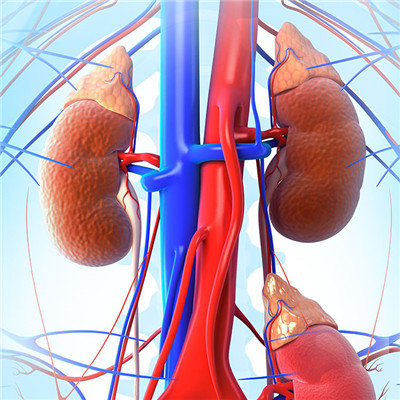What symptom does lymphoma have?
summary
Lymphoma is a malignant tumor originated from the lymphoid hematopoietic system. It is mainly manifested as painless lymphadenopathy, hepatosplenomegaly, involvement of all tissues and organs, accompanied by fever, night sweats, emaciation, pruritus and other systemic symptoms. It is generally believed that it may be related to gene mutation, infection of virus and other pathogens, radiation, chemical drugs and autoimmune diseases. What symptom does lymphoma have? Let's talk about it
What symptom does lymphoma have?
Local manifestations include swelling of superficial and deep lymph nodes, most of which are painless, smooth and active. The touch is tough, full and even. In the early stage, it is active, isolated or scattered in the neck, armpit and groin. In the late stage, it is fused with each other, adherent to the skin, inactive or ulcerated; The mucosa and submucosa of oropharynx, tongue base, tonsil and nasopharynx are rich in lymphoid tissue, which constitute the pharyngeal lymphoid ring, also known as Wechsler's ring;

The majority of primary nasal lymphoma was NHL. The main pathological types included nasal NK / T cell lymphoma and diffuse large B cell lymphoma; Mediastinal lymph nodes with thoracic lesions are the most common sites of malignant lymphoma, mainly in primary mediastinal diffuse large B-cell lymphoma and precursor T-cell lymphoma in HL and NHL. The chest X-ray film showed round or quasi round or lobulated shadows. The progress of the lesions could compress the bronchus and cause atelectasis. Sometimes the central tumor necrosis formed a cavity. Some lung lesions show diffuse interstitial changes. At this time, the clinical symptoms are obvious, such as cough, expectoration, shortness of breath, dyspnea, secondary infection and fever; Malignant lymphoma may invade the myocardium and pericardium, presenting as pericardial effusion. Lymphoma may invade the myocardium, presenting as myocardial lesion, arrhythmia, abnormal ECG, etc; The spleen is the most common subphrenic site in HL.

Gastrointestinal tract is the most common extranodal lesion in NHL. Mesentery, retroperitoneum and iliac fossa lymph nodes were also common sites of lymphoma invasion; The skin manifestations of malignant lymphoma can be primary or secondary skin invasion, more common in NHL; The bone marrow invasion of bone marrow malignant lymphoma is characterized by bone marrow invasion or leukemia, which is one of the late manifestations of the disease, most of which are NHL; Neurological manifestations: such as progressive multifocal leukoencephalopathy, subacute necrotizing myelopathy, sensory or motor peripheral neuropathy and multiple myopathy. Malignant lymphoma can also be primary or secondary to brain, extra dural, testis, ovary, vagina, cervix, mammary gland, thyroid gland, adrenal gland, retroorbital tissue, larynx, bone and muscle soft tissue,

matters needing attention
Lymphoma chemotherapy is usually combined with chemotherapy, which can be combined with targeted drugs and biological agents. In recent years, the chemotherapy of lymphoma has been greatly improved, and the survival time of many types of lymphoma has been greatly improved. Some types of lymphoma can be treated with radiotherapy alone in the early stage. Radiotherapy can also be used for consolidation therapy after chemotherapy and adjuvant therapy during transplantation.













